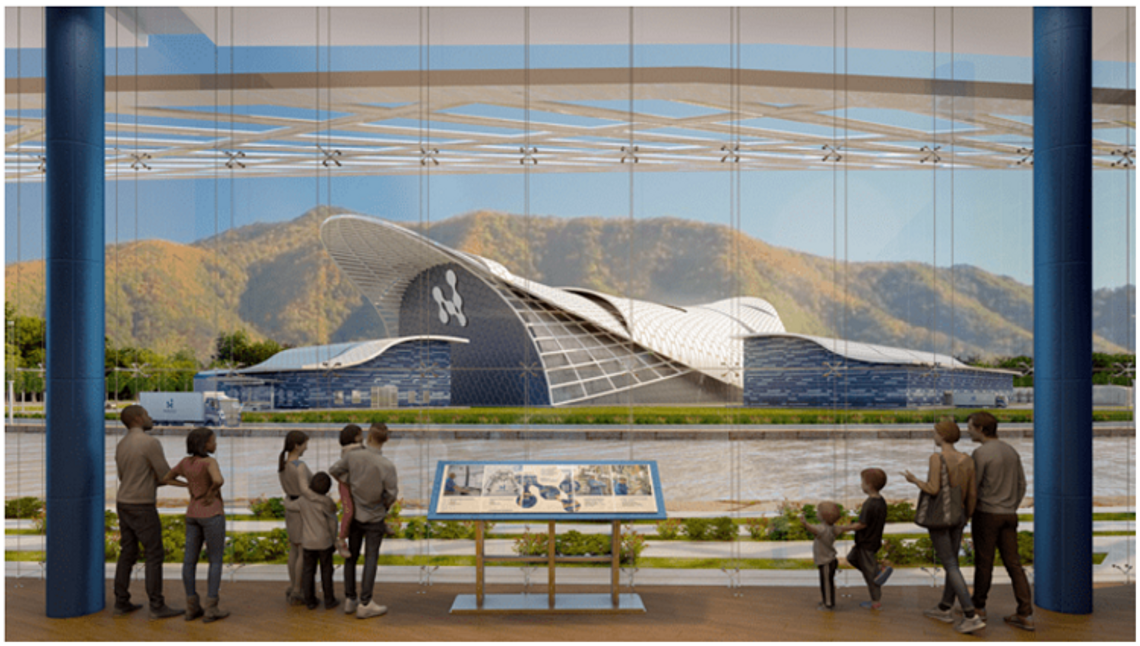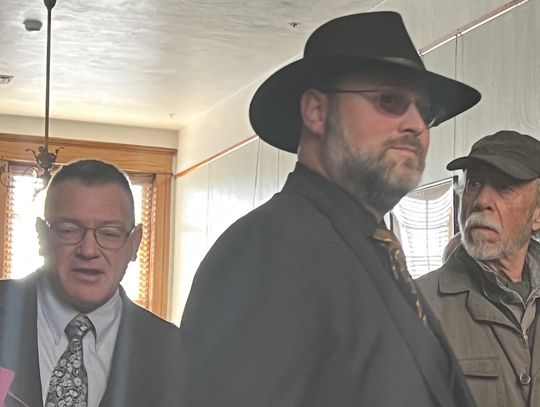The City of Fallon, along with 26 other Utah Associated Municipal Power Systems Carbon Free Power Project members, face a dilemma - maintain their membership and continued participation in the project or withdraw and seek out other sources to power their electrical infrastructures.
On Friday, February 10, the Fallon City Council met to discuss the city’s options. According to Mayor Ken Tedford, Nevada began to move away from clean coal for electricity in the 1990s. The city then started looking for greener energy options to provide affordable and reliable power to residents. In 1999, the city contracted with UAMPS, and in 2018 they passed a resolution authorizing and approving a sales contract for the Carbon Free Power Project, one of UAMPS’ many energy projects.
Deputy City Attorney Sean Rowe explained that UAMPS functions like a co-op and buys power from multiple renewable energy sources like wind, solar, geothermal, and hydroelectric. Members purchase that power on a project-by-project basis, choosing which project in which to participate and, in turn, receive a cost-share reimbursement – an added benefit of the UAMPS/CFPP partnership.
According to UAMPS, the Carbon Free Power Project is a nuclear plant slotted for location at the Idaho National Laboratory near Idaho Falls, ID. Comprised of up to six 77-megawatt NuScale Power Modules, the plant will provide flexibility to ramp up and down as needed and complement wind, solar, and other intermittent renewable resources. The first module is scheduled to be online in 2029, with the remaining modules to be up and running the following year.
Recently, UAMPS/CFPP suffered an Economic Competitive Test Failure. Inflation, skyrocketing interest rates, and increasing commodity prices forced the Association to amend its budget and Plan of Finance. Per their Universal Cost Agreement, this failure means that all 27 UAMPS members must decide whether to continue their project involvement, while UAMPS maintains 80% participation.
Most UAMPS members are small cities and municipalities like Fallon and rely on the organization for power. Over half have passed resolutions to stay with the association and their participation in the CFPP. The cost to the city for continuing with CFPP for this next year is $89/mwh. According to Fallon City Clerk-Treasurer Sean Richardson, the City of Fallon currently holds a 1.3% entitlement share (2,000 KW/$58 per megawatt). “If we had chosen to withdraw from the project, we would have been responsible for an estimated $470K,” explained Richardson.
“We got into this to provide stable power for citizens,” said Mayor Tedford during the meeting, “I believe we should stay in for at least the next year.” City Council members Kelly Frost and Paul Harmon concurred. Frost noted that the UAMPS relationship also helps the city maintain a diversified portfolio. Harmon, newly elected to the City Council, stated that he had a lot to learn
about this project in the short time he has been in office but believes the city should remain with UAMPS for now. “I feel that this a good project, at least for the next year,” commented Harmon, “Then see where we are after that.”
The council voted unanimously to continue with UAMPS and their involvement in Phase 1B of the Carbon Free Power Project, where the contract period extends from March 1 through January 31, 2024.
Richardson could not speak to the inevitable increases and what that may look like for residents in terms of utility prices. However, should the project fail the next economic competitiveness test, then as a group, UAMPS members could withdraw from the project with no substantial financial loss, according to Richardson.
As more information becomes available over the next year, the city plans to assess its future project participation.









































Comment
Comments